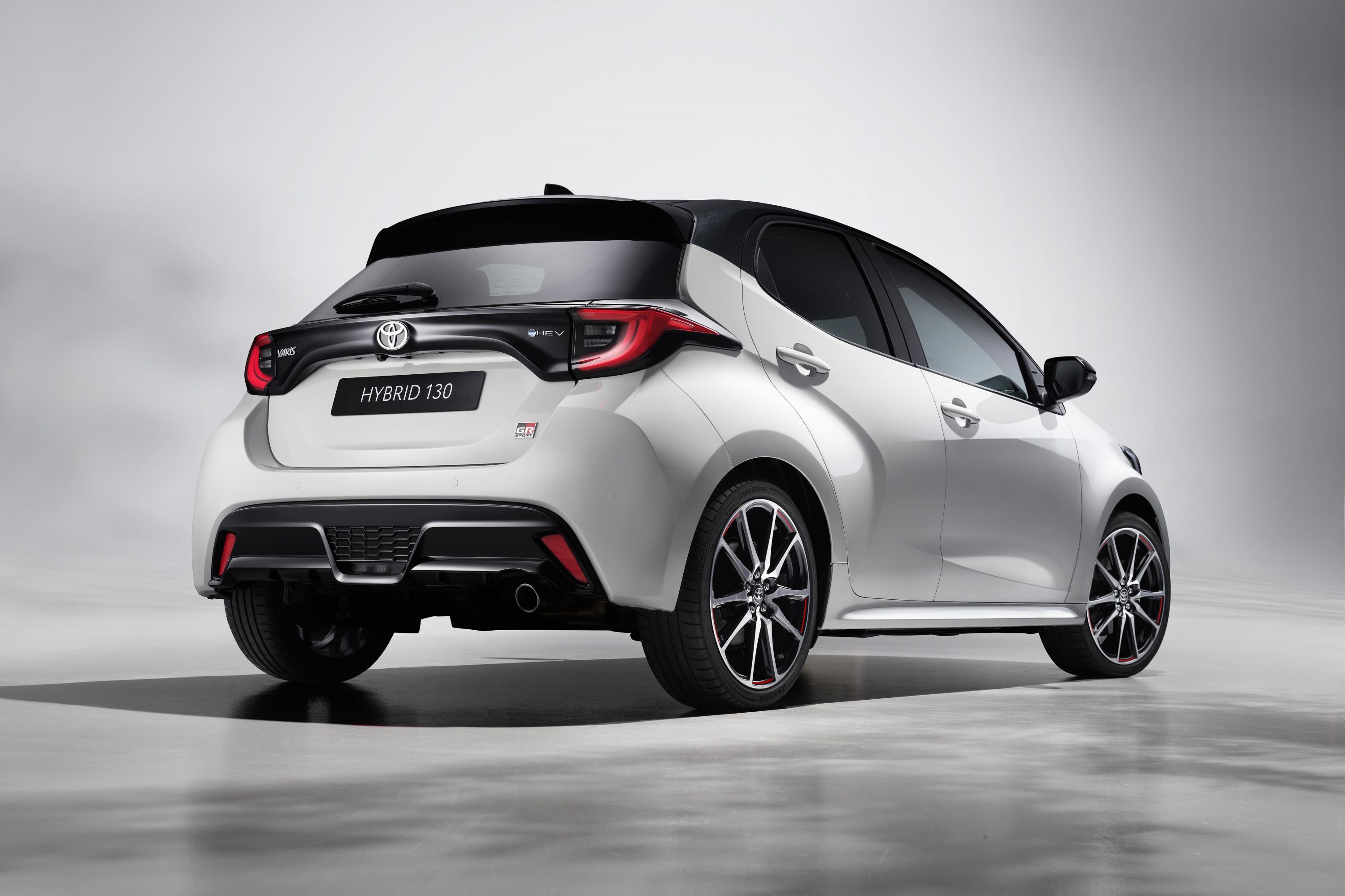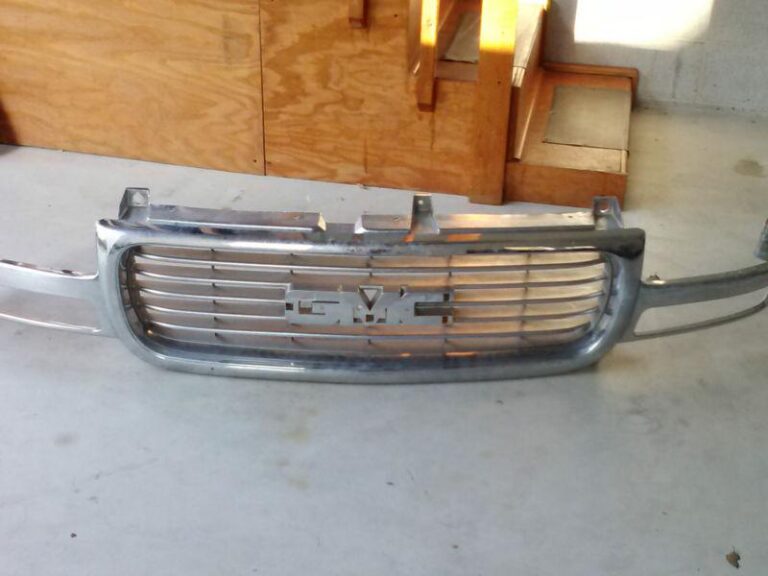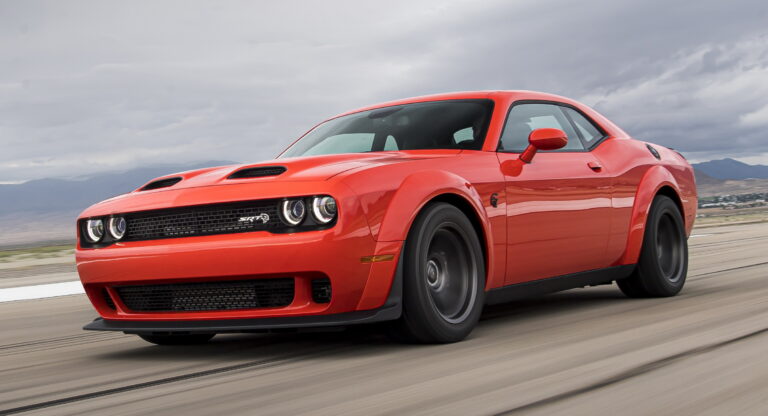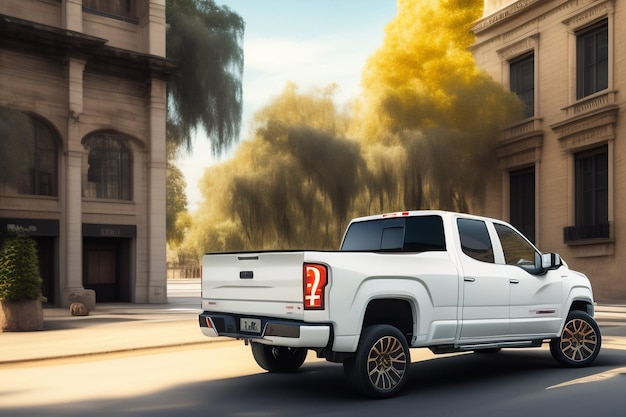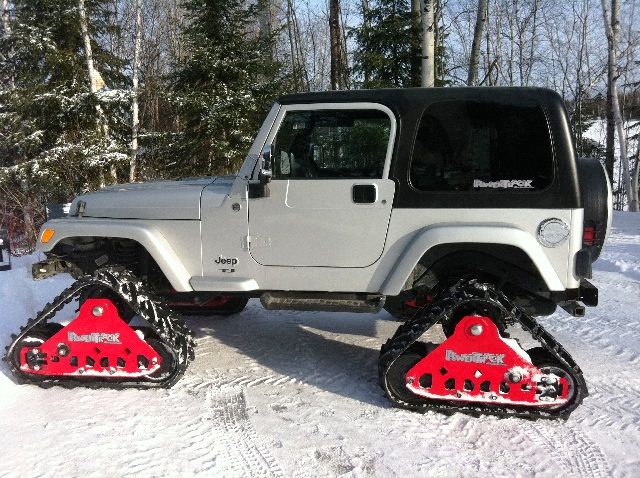Toyota Tundra Alloy Size: A Comprehensive Guide to Optimizing Your Truck’s Stance and Performance
Toyota Tundra Alloy Size: A Comprehensive Guide to Optimizing Your Truck’s Stance and Performance cars.truckstrend.com
The Toyota Tundra is renowned for its rugged durability, impressive towing capacity, and undeniable presence on the road. A critical, yet often overlooked, aspect that significantly influences both its aesthetic appeal and functional performance is the alloy wheel size. More than just a matter of looks, the dimensions of your Tundra’s alloy wheels – encompassing diameter, width, bolt pattern, offset, and center bore – play a pivotal role in handling, ride comfort, off-road capability, and even fuel efficiency.
This comprehensive guide delves deep into the world of Toyota Tundra alloy sizes, providing you with the knowledge to make informed decisions, whether you’re upgrading for enhanced performance, a custom look, or simply maintaining your truck’s optimal condition.
Toyota Tundra Alloy Size: A Comprehensive Guide to Optimizing Your Truck’s Stance and Performance
Understanding Toyota Tundra Alloy Wheel Basics
Before diving into specific sizes and their implications, it’s crucial to grasp the fundamental dimensions that define an alloy wheel and how they interact with your Tundra.
Key Alloy Wheel Dimensions:
- Diameter (e.g., 17", 18", 20", 22"): This is the most commonly referenced size and refers to the measurement across the wheel’s face where the tire beads seat. Larger diameters often mean less tire sidewall (lower profile tires), while smaller diameters allow for more sidewall.
- Width (e.g., 8", 9", 10"): This measures the distance between the tire beads across the wheel. The width must be compatible with your chosen tire’s width to ensure proper fitment and performance.
- Bolt Pattern (e.g., 5x150mm, 6×139.7mm): Also known as the lug pattern, this specifies the number of lug holes and the diameter of the circle they form. For the Toyota Tundra, the bolt pattern is predominantly 5x150mm for second and third generations (2007-present), though older generations may vary. This is a crucial compatibility factor.
- Offset (e.g., +60mm, +25mm, 0mm, -12mm): Offset is the distance from the wheel’s mounting surface to the centerline of the wheel.

- Positive Offset: The mounting surface is towards the front (outboard) of the wheel’s centerline, tucking the wheel further into the fender.
- Zero Offset: The mounting surface is exactly at the wheel’s centerline.
- Negative Offset: The mounting surface is towards the rear (inboard) of the wheel’s centerline, pushing the wheel further out from the fender, creating a "deeper dish" look.
Proper offset is critical to prevent rubbing issues with suspension components or fender wells.

- Backspacing (e.g., 5.5", 6.5"): Closely related to offset, backspacing is the distance from the mounting surface to the rear edge of the wheel. It helps determine how far the wheel will sit inward towards the vehicle’s frame.
- Center Bore (e.g., 110mm): This is the hole in the center of the wheel that fits over the vehicle’s hub. It should ideally match the hub’s diameter (hub-centric fitment) to ensure the wheel is perfectly centered and balanced, reducing vibrations. Tundra’s center bore is typically 110mm.
Common OEM Toyota Tundra Alloy Sizes

Toyota equips the Tundra with a variety of alloy wheel sizes depending on the generation, trim level, and model year. Understanding these stock sizes provides a baseline for any modifications.
- First Generation Tundra (2000-2006): Often came with 16-inch or 17-inch alloy wheels.
- Second Generation Tundra (2007-2021): More commonly features 18-inch and 20-inch alloy wheels. Some specific trims or special editions might have offered 17-inch for off-road focus or 22-inch for a more premium, on-road aesthetic.
- Third Generation Tundra (2022-Present): Standard sizes typically include 18-inch and 20-inch alloys, with higher trims like the TRD Pro often featuring unique 18-inch wheels optimized for off-road tires, and luxury trims offering 20-inch or even 22-inch options.
These OEM sizes are engineered to work seamlessly with the Tundra’s stock suspension and braking systems, offering a balanced combination of ride quality, handling, and load capacity.
The Impact of Alloy Size on Performance and Aesthetics
Changing your Tundra’s alloy wheel size can dramatically alter its character. Here’s how:
Aesthetics:
- Larger Diameter Wheels (e.g., 20", 22"): These often provide a more aggressive, modern, or luxurious appearance. With less tire sidewall, they give a "fuller" wheel well look and emphasize the wheel design. They are popular for street trucks or show vehicles.
- Smaller Diameter Wheels (e.g., 17", 18"): These tend to offer a more classic truck look, emphasizing the tire’s sidewall. They are often preferred for off-road applications as they allow for a taller tire with more cushioning sidewall.
Performance:
- Ride Quality:
- Larger Wheels: Generally lead to a stiffer ride due to lower-profile tires having less sidewall to absorb road imperfections. This can translate to a harsher feel over bumps.
- Smaller Wheels: Provide a more compliant, comfortable ride as the taller tire sidewall acts as an additional shock absorber.
- Handling & Braking:
- Larger Wheels: Can offer sharper steering response due to less tire flex. However, if significantly heavier, they can increase unsprung weight, potentially reducing braking efficiency and acceleration.
- Smaller Wheels: With more sidewall, they might have slightly less precise steering, but lighter wheels can improve acceleration and braking.
- Off-Road Capability:
- Smaller Wheels (with taller tires): Superior for off-roading. The increased tire sidewall allows for airing down, providing a larger contact patch for traction and better protection against punctures and rim damage over obstacles.
- Larger Wheels: More susceptible to damage (bent rims, punctures) on rough terrain due to less sidewall. Not ideal for serious off-roading.
- Fuel Economy:
- Significantly larger and heavier wheels/tires increase rolling resistance and unsprung weight, which can negatively impact fuel economy. Lighter wheels, regardless of size, can help mitigate this.
- Speedometer Accuracy: Changing the overall tire diameter (which often happens when changing wheel size) will affect your speedometer and odometer readings. Recalibration may be necessary for accuracy.
Choosing the Right Alloy Size for Your Tundra: Practical Advice
Selecting the perfect alloy size for your Tundra requires careful consideration of your primary use, aesthetic goals, and budget.
-
Define Your Primary Use:
- Daily Driver/Street Use: 20-inch or even 22-inch wheels can enhance the look and provide responsive on-road handling, especially when paired with appropriate street tires.
- Towing/Hauling: Sticking closer to OEM sizes (18-inch, 20-inch) with a higher load rating is advisable. Ensure your tire’s load index is sufficient.
- Off-Roading: 17-inch or 18-inch wheels are generally preferred. They allow for taller, more aggressive off-road tires with ample sidewall for airing down and protecting the rims.
- Mixed Use: 18-inch or 20-inch wheels offer a good balance, allowing for a range of tire choices suitable for both on-road comfort and light off-road adventures.
-
Consider Tire Compatibility: The wheel and tire are a system. The wheel size dictates the range of tire sizes you can fit. Always verify that your chosen tire width and overall diameter are compatible with your new wheel and your Tundra’s fender wells and suspension components. Use online tire size calculators to compare overall diameters.
-
Account for Offset and Backspacing: This is critical for fitment.
- Stock Replacement: If you’re replacing OEM wheels, aim for similar offset and backspacing to avoid issues.
- Aggressive Stance: If you want the wheels to stick out more (a "wider" stance), you’ll need a lower positive or even negative offset. Be aware that this can cause rubbing, especially with larger tires, and may require fender flares or a lift kit.
- Clearance: Always ensure adequate clearance for brake calipers, steering components, and suspension arms.
-
Budget: Aftermarket alloy wheels vary wildly in price based on brand, material (cast, forged), design complexity, and size. Factor in the cost of new tires, mounting, balancing, and potentially a lift kit or fender modifications.
-
Suspension Modifications: If you plan on significantly altering your wheel and tire size (e.g., going much larger than stock), a suspension lift kit is often necessary to prevent rubbing and maintain proper articulation, especially for off-roading.
-
Consult Professionals: When in doubt, visit a reputable wheel and tire shop. They have the expertise, fitment guides, and tools to recommend the best alloy size and setup for your Tundra and your specific needs.
Installation and Maintenance Tips
- Professional Installation: Always have wheels and tires mounted and balanced by qualified professionals. Proper balancing is crucial to prevent vibrations and ensure even tire wear.
- Torque Specifications: Ensure lug nuts are tightened to the manufacturer’s specified torque settings using a torque wrench. Over-tightening can damage studs or wheels, while under-tightening can lead to wheel loss. Re-torque after 50-100 miles of driving.
- Regular Cleaning: Clean your alloy wheels regularly to remove brake dust, dirt, and road grime. Use a pH-neutral wheel cleaner to prevent damage to the finish.
- Inspection: Periodically inspect your wheels for any signs of damage, such as bends, cracks, or curb rash. Address issues promptly to maintain safety and performance.
Potential Challenges and Solutions
- Tire Rubbing:
- Challenge: New, larger wheels and tires, especially with aggressive offsets, can rub against fender liners, suspension components, or body mounts during turns or suspension compression.
- Solution: Minor rubbing might be fixed by "fender modding" (trimming plastic liners). More severe rubbing often requires a suspension lift kit, body mount chop (BMC), or selecting a different wheel/tire combination.
- Speedometer Inaccuracy:
- Challenge: Changing the overall diameter of your tire will make your speedometer read inaccurately.
- Solution: Have your vehicle’s computer recalibrated by a dealership or a specialized shop. Aftermarket programmers can also correct this.
- Increased Wear on Components:
- Challenge: Heavier wheels and tires increase unsprung weight, which can put more stress on suspension components (shocks, control arms, ball joints) and steering components.
- Solution: Choose lighter aftermarket wheels if possible. Regularly inspect and maintain suspension and steering components.
- TPMS (Tire Pressure Monitoring System) Issues:
- Challenge: New wheels may require new TPMS sensors, or your existing ones might not be compatible.
- Solution: Purchase new compatible TPMS sensors and have them installed and programmed when your new wheels and tires are mounted.
Estimated Price Ranges for Common Toyota Tundra Alloy Wheel Sizes (Per Wheel)
It’s important to clarify that "alloy size" itself doesn’t have a price; rather, the wheels of a specific size do. Prices for alloy wheels can vary dramatically based on the brand, material (e.g., cast aluminum, forged aluminum), design complexity, finish, and whether they are OEM replacements or high-performance aftermarket options. The table below provides a general estimated price range per wheel for common Toyota Tundra alloy wheel diameters. These prices do not include tires, mounting, balancing, or shipping.
| Alloy Wheel Diameter | Estimated Price Range (Per Wheel) | Notes |
|---|---|---|
| 17-inch | $150 – $400 | Often favored for off-roading due to tire sidewall allowance. Can be more affordable. |
| 18-inch | $180 – $500 | A very popular and balanced size for Tundras, offering a good compromise between aesthetics, ride comfort, and tire options. |
| 20-inch | $220 – $700 | Common for OEM upgrades and aftermarket styling. Offers a significant visual upgrade. Prices can climb rapidly for premium brands or forged options. |
| 22-inch | $300 – $1,000+ | Primarily for aesthetics and on-road presence. Limited tire sidewall, can impact ride quality. High-end designs and forged wheels will be at the top of this range. |
| Custom/Forged | $800 – $2,000+ | For specialized applications, ultra-lightweight performance, or bespoke designs. These are typically custom-made and offer superior strength-to-weight ratios but come at a significant premium. |
Note: These are estimated ranges for new aftermarket alloy wheels. OEM wheels purchased from a dealership or used wheels may have different pricing. Installation costs, lug nuts, and TPMS sensors are typically separate expenses.
Frequently Asked Questions (FAQ) about Toyota Tundra Alloy Size
Q1: What is the standard bolt pattern for a Toyota Tundra?
A1: For most second and third-generation Toyota Tundras (2007-present), the standard bolt pattern is 5x150mm. Older first-generation Tundras might have a different pattern (e.g., 6×139.7mm for some models). Always verify your specific model year.
Q2: Can I put 20-inch wheels on a Tundra that came with 18-inch wheels from the factory?
A2: Yes, generally you can. Many Tundra trims come with 20-inch options from the factory, meaning the wheel wells are designed to accommodate them. However, you’ll need to select tires with a lower profile to maintain a similar overall tire diameter and prevent rubbing. Always double-check tire clearance.
Q3: Will larger wheels affect my fuel economy?
A3: Yes, significantly larger and heavier wheels, especially when combined with heavier or more aggressive tires, will typically decrease your fuel economy. This is due to increased unsprung weight, rolling resistance, and often, a larger overall tire diameter.
Q4: Do I need to recalibrate my speedometer if I change my wheel size?
A4: You need to recalibrate your speedometer if the overall diameter of your new tire and wheel combination is significantly different from your factory setup. Even if you change wheel size, if you choose a tire that keeps the overall diameter close to stock, recalibration might not be strictly necessary, but it’s always recommended for accuracy.
Q5: What’s the best alloy size for off-roading on a Tundra?
A5: For serious off-roading, 17-inch or 18-inch alloy wheels are generally preferred. They allow for a tire with a much taller sidewall, which provides better cushioning against impacts, allows for airing down to increase traction, and offers more protection to the wheel itself.
Q6: What is "offset" and "backspacing" and why are they important?
A6: Offset is the distance from the wheel’s mounting surface to its centerline. Backspacing is the distance from the mounting surface to the wheel’s inner edge. They are crucial because they determine how far your wheel will stick out from or tuck into your fender, directly affecting tire clearance with suspension components, frame, and fenders. Incorrect offset or backspacing can cause rubbing issues.
Q7: Can I use lug nuts from my old wheels on my new alloy wheels?
A7: Not necessarily. Different wheels require different types of lug nuts (e.g., conical seat, ball seat, flat seat). Always use the lug nuts recommended by the manufacturer of your new alloy wheels to ensure proper seating and safety.
Conclusion
The Toyota Tundra is a formidable truck, and its alloy wheel size is a critical factor in defining its character, performance, and capabilities. From the rugged utility of 17-inch wheels favored by off-road enthusiasts to the commanding presence of 22-inch rims on the street, each size offers a distinct set of advantages and considerations.
By understanding the key dimensions, the impact on performance, and the practical advice for selection and maintenance, Tundra owners can confidently navigate the vast array of options. Whether your goal is enhanced off-road prowess, improved on-road aesthetics, or a perfect balance of both, choosing the right alloy size ensures your Tundra not only looks the part but performs flawlessly for years to come. Invest wisely, prioritize fitment, and enjoy the optimized driving experience your Tundra can offer.
